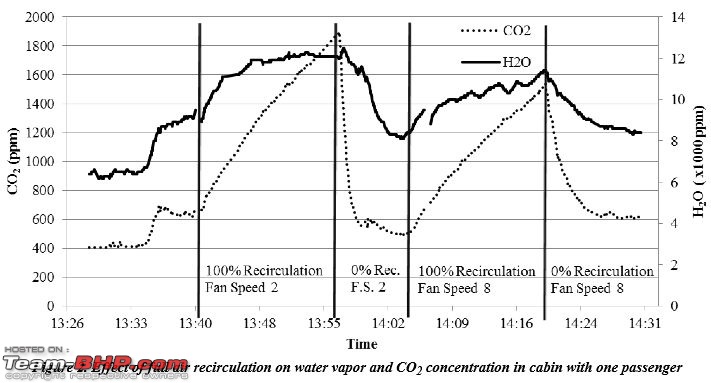| | #76 |
| BHPian Join Date: Mar 2014 Location: Toronto,Canada
Posts: 202
Thanked: 192 Times
| |
| |
| |
| | #77 |
| BHPian | |
| |  (2)
Thanks (2)
Thanks
|
| | #78 |
| BHPian Join Date: Feb 2012 Location: Pune
Posts: 510
Thanked: 1,882 Times
| |
| |  (1)
Thanks (1)
Thanks
|
| | #79 |
| Senior - BHPian Join Date: Jul 2007 Location: Gurgaon
Posts: 5,968
Thanked: 4,642 Times
| |
| |
| | #80 |
| BHPian Join Date: Mar 2014 Location: Toronto,Canada
Posts: 202
Thanked: 192 Times
| |
| |
| | #81 |
| Distinguished - BHPian  | |
| |
| | #82 |
| BHPian | |
| |
| | #83 |
| Distinguished - BHPian  | |
| |  (1)
Thanks (1)
Thanks
|
| | #84 |
| Senior - BHPian Join Date: Jul 2007 Location: Gurgaon
Posts: 5,968
Thanked: 4,642 Times
| |
| |  (1)
Thanks (1)
Thanks
|
| | #85 |
| Team-BHP Support  | |
| |  (2)
Thanks (2)
Thanks
|
| | #86 |
| Senior - BHPian Join Date: Jul 2007 Location: Gurgaon
Posts: 5,968
Thanked: 4,642 Times
| |
| |
| |
| | #87 |
| Distinguished - BHPian  | |
| |  (4)
Thanks (4)
Thanks
|
| | #88 |
| Senior - BHPian Join Date: Jul 2007 Location: Gurgaon
Posts: 5,968
Thanked: 4,642 Times
| |
| |
| | #89 |
| Distinguished - BHPian  | |
| |
| | #90 |
| Senior - BHPian Join Date: Jul 2007 Location: Gurgaon
Posts: 5,968
Thanked: 4,642 Times
| |
| |
 |
Most Viewed










